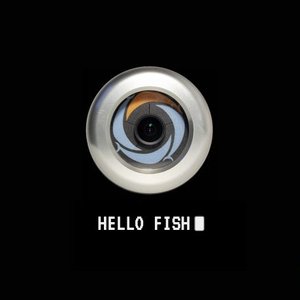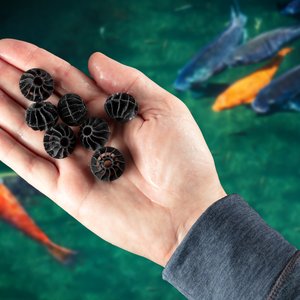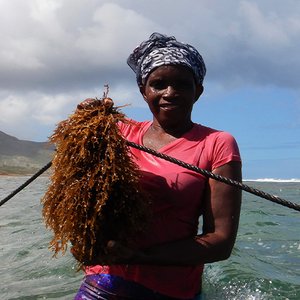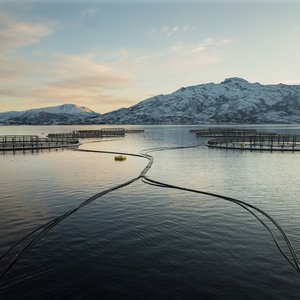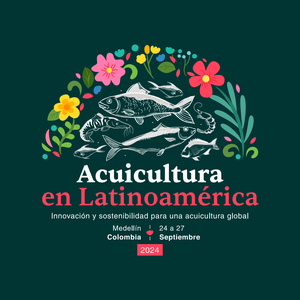A group of researchers is aiming to determine the best possible conditions to help ballan wrasse to grow and thrive, which could hold the key to tackling the perennial challenge of sea lice on salmon farms. The project builds on more than 10 years of ballan wrasse research led by the University of Stirling’s Institute of Aquaculture and will explore a range of nutritional and environmental factors, such as the formulation of feeds and rearing conditions, to determine how they impact the health and welfare of the cleaner fish species.
Otter Ferry Seafish, BioMar, Scottish Sea Farms, Mowi and the Sustainable Aquaculture Innovation Centre (SAIC) are supporting the research, which could improve the robustness, welfare and resilience of ballan wrasse when deployed into salmon pens and enhance their ability to deal with sea lice parasites.
Ballan wrasse display complex behavioral traits throughout their lifecycle, culminating in their sea lice foraging activity. Scientists believe hatchery processes during their early development may not only impact their performance and welfare but also their ability to become effective delousers at sea. Determining the optimal conditions, particularly as they grow in hatcheries, could be transformational for the sector’s approach to sea lice treatment.
The outcomes of the research project could be used to scale up hatchery production. Ballan wrasse is already used widely by the aquaculture sector but current levels of demand outstrip the supply coming from hatcheries, with around four cleaner fish per 100 salmon being optimal.
Professor Herve Migaud from the University of Stirling’s Institute of Aquaculture said that “the demand for cleaner fish is growing and the aim is to get to a point where we can meet the demand for healthy and effective hatchery-reared ballan wrasse and enable the sector to reach full reliance on farmed rather than wild cleaner fish in coming years, ultimately helping salmon farmers with a sustainable solution to sea lice.”
Researchers will also look at the nutrients in the feeds, such as vitamins and minerals, needed by ballan wrasse from the first feeding and weaning stages to support bone and cartilage health and minimize the risk of deformities, exploring the use of supplements, immunostimulants and functional feeds to improve resistance to bacterial disease. These will help better prepare ballan wrasse for what they experience in the waters of a fish farm.
Anticipated benefits of the project include new guidelines for increased survival, welfare and robustness of farmed ballan wrasse in hatcheries as well as increased efficacy of delousing programs, which could lead to a reduction in medicinal treatments. There is also potential to create new feed products for use in hatcheries.
Antonios Chalaris, product manager at BioMar, added that “nutrition is a major contributor to the performance and well-being of ballan wrasse. Over the last decade, we have invested significantly in research to develop recipes that are tailor-made for the specific requirements of ballan wrasse, including our mild-extruded Symbio products which are already successfully being used in hatchery production and deployment. Gaining a deeper understanding of the needs of the species will provide valuable insights to help refine and fine-tune feed ingredients to support the fish to grow and thrive.”





